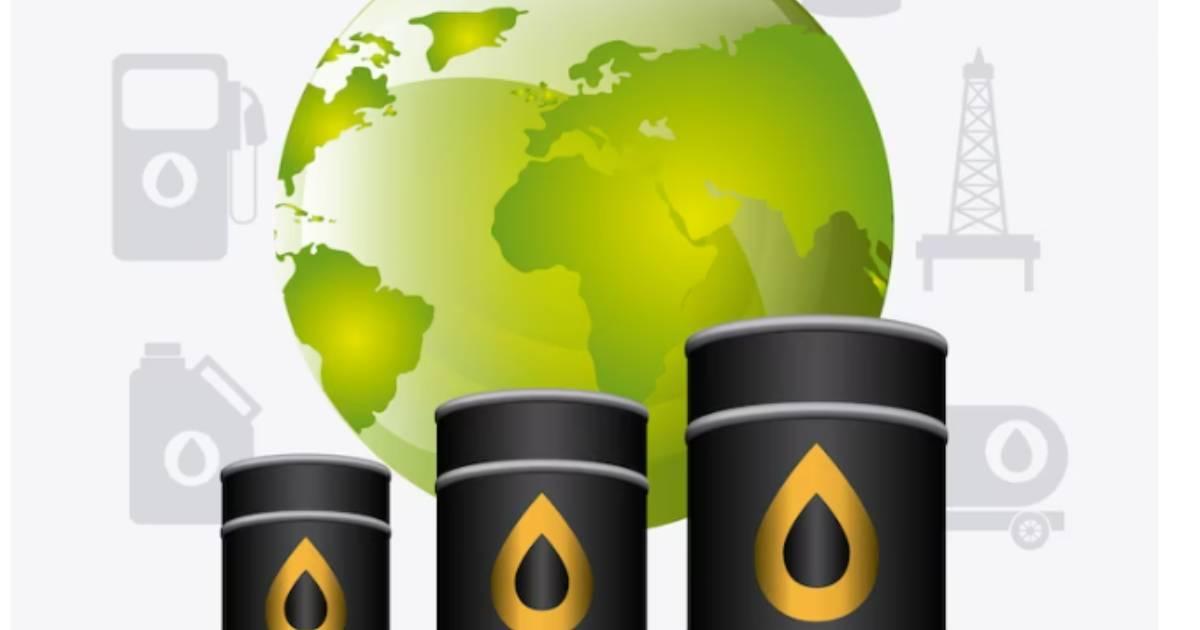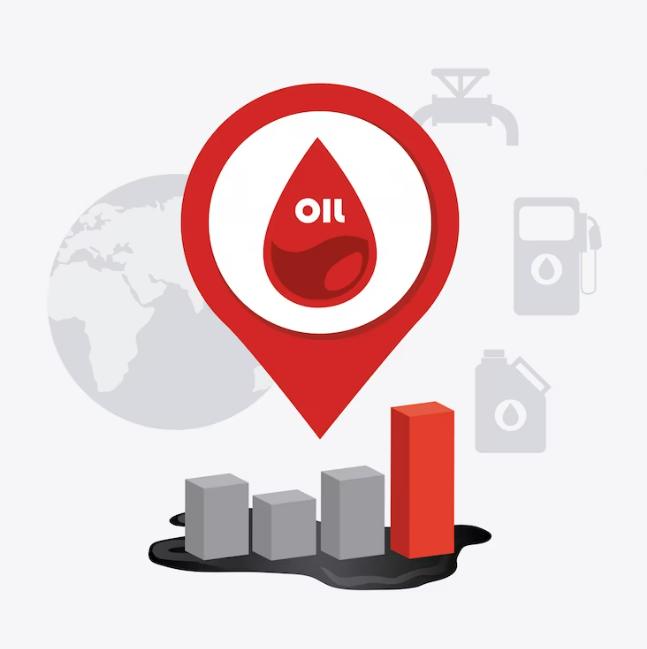
4 Logistics Tips to Control Fuel Consumption and Improve Sustainability
Oct 10, 2023
In a world where fuel prices fluctuate frequently and consumer demands constantly evolve, businesses are increasingly seeking sustainable strategies to control fuel consumption and maintain ecological balance in their logistics operations. Route optimization has emerged as a trending logistics hack that not only regulates fuel usage but also enhances fulfillment cost efficiency. In this article, we will explore four essential route optimization tips that every logistics service must adopt to provide businesses with cost-effective and sustainable freight services.
Automated Route Planning: Embracing Data-Driven Efficiency
In the modern logistics landscape, manual delivery routines and traditional analysis reports are no longer sufficient to meet rising consumer demands and achieve sustainability goals. To optimize delivery routes effectively, businesses need accurate and timely information on delivery locations, road traffic conditions, and shipment data. Automated route planning, powered by robust fleet management software, is the key to unlocking data-driven efficiency in logistics.
By automating route planning, businesses can:
- Custom tailor delivery routes based on real-time information.
- Enhance communication and enable live tracking facilities for improved service speed.
- Reduce fuel consumption and overall operational costs through optimized routes.
Read More: Top Fleet Management Trends for the Fast-Moving Consumer Goods Industry

Introduce Geocoding for Location Accuracy: Leveraging AI for Precision
As the number of delivery locations increases, traditional human comprehension is no longer sufficient for timely decision-making and accurate deliveries. Adopting an AI-driven geocoding system promises to revolutionize the future of logistics. Geocoding utilizes natural language processing to convert human-written addresses into longitude and latitude pairs (global coordinates), ensuring precise location data.
The benefits of incorporating geocoding into logistics operations include:
- Reducing travel costs and boosting delivery efficiency by taking optimal routes.
- Segmenting customers based on location for targeted marketing and service improvement.
- Identifying ideal locations for distribution centers to streamline supply chain operations.
- Filling gaps in address information through reverse geocoding, minimizing delivery delays.
- Improving overall data quality through autocorrection features for enhanced accuracy.
Include Backhaul for Optimum Resource Management: Making Every Trip Count
In traditional logistics practices, freight carriers often return empty after completing a one-way journey from the warehouse to the end customer. However, a strategic focus on backhaul can lead to significant savings in fuel costs and resource utilization. Backhaul is an efficient strategy that involves repurposing the empty carrier to carry goods and products of other companies or competitors on its way back to the distribution point.
By incorporating backhaul strategies, businesses can:
- Maximize resource utilization by making every trip count.
- Save fuel and reduce environmental impact by minimizing empty carrier journeys.
- Earn extra revenue by offering backhaul services to other companies.
Recommended Reading: Maximizing Efficiency: How to Optimize Your Last-Mile Delivery Process
Plan Load-Specific Fuel Consumption: Optimizing Heavy Loads for Last-Mile Delivery
Heavy loads directly impact fuel consumption rates and increase potential risks during transportation. To improve fuel efficiency and mileage, businesses can schedule the delivery and unloading of heavy loads first during route planning. Additionally, exploring trends in shipping weight distribution strategies is crucial for optimizing heavy loads for last-mile delivery.
Seeking the assistance of an experienced freight forwarder can also prove valuable in scheduling load-specific deliveries, leading to:
- Reduced fuel consumption through efficient load sequencing.
- Minimized risk of accidents and damage during transportation.
- Enhanced delivery speed and customer satisfaction through optimized load planning.
Relevant Reading: Maximizing Efficiency: How to Optimize Your Last-Mile Delivery Process
Plan Your Freight for a Greener & Cost-Effective Logistics
In the pursuit of greener and cost-effective logistics operations, route optimization plays a vital role in controlling fuel consumption and improving sustainability. By embracing automated route planning, leveraging geocoding for precise location accuracy, incorporating backhaul strategies, and optimizing heavy load deliveries, logistics services can achieve greater fuel efficiency and minimize their environmental impact.
To further enhance supply chain operations, businesses can consider adopting telematics and data-driven AI strategies. While investing in expensive technologies and carriers might not always be feasible, partnering with a reliable third-party logistics (3PL) companycan amplify route optimization efforts, ensuring hassle-free and cost-effective freight movement.
By implementing these logistics tips and prioritizing sustainability, businesses can establish themselves as leaders in the industry, meeting the demands of both environmentally-conscious consumers and cost-conscious businesses.